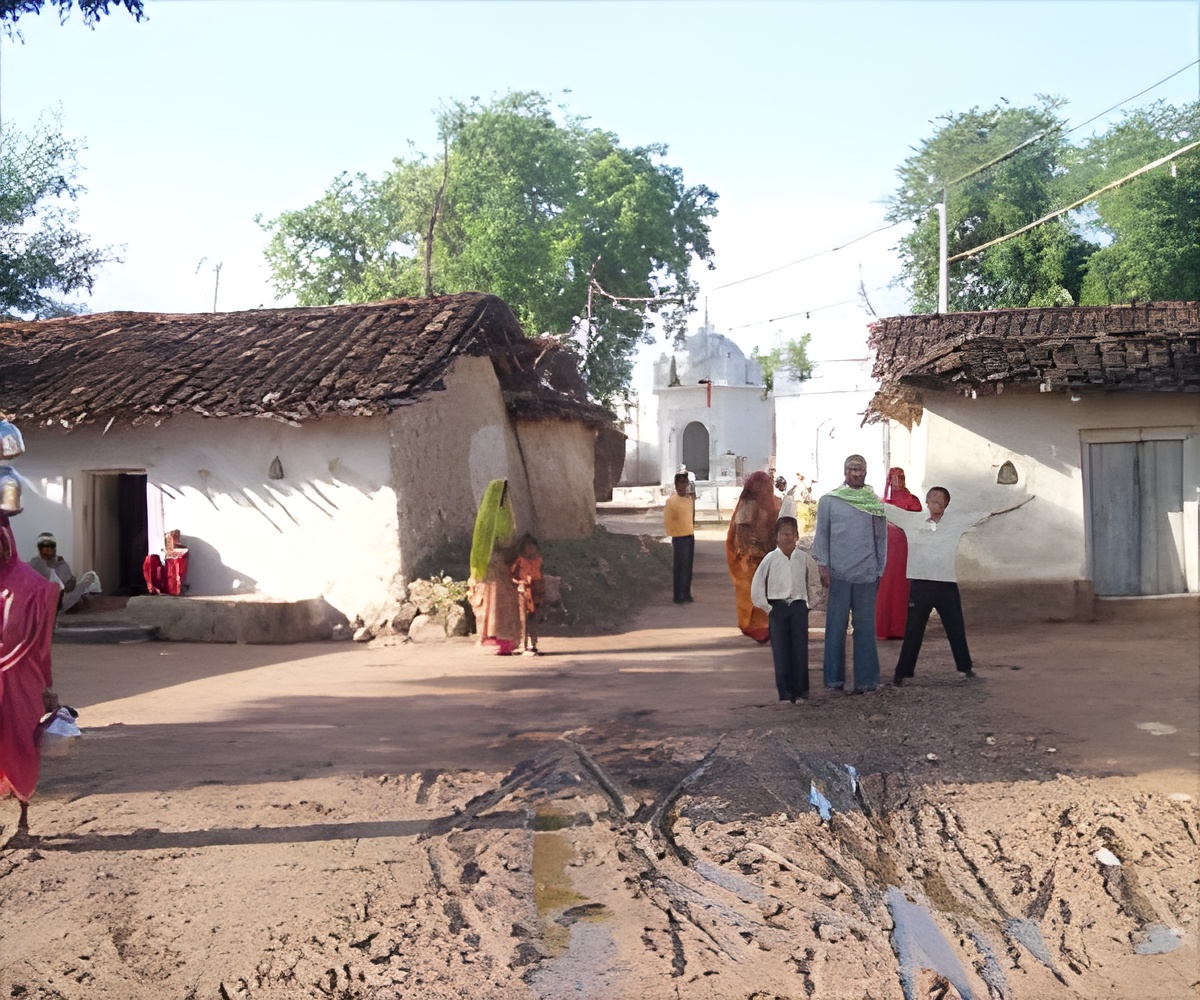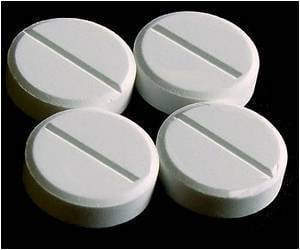
According to MSF - an international humanitarian-aid non-governmental organization - Bihar is the epicenter of kala azar in India as 33 of its districts are affected by the disease.
Kala azar is spreading its tentacles despite regular immunization program taken up across the state, the MSF said.
"The poorest of the poor living in impoverished condition fall an easy victim to the disease," the MSF said.
Bihar health minister Ramdhani Singh told IANS over phone that the Nitish Kumar government was committed to eliminate kala azar from the state. "We have been working to make Bihar kaa azar-free state," Singh said.
He said special programs were launched in all affected districts to check and control sand fly that caused kala azar and also to create awareness about preventive steps among the people, mostly the poorest of the poor, in affected districts.
Advertisement
A few years ago, the government constituted a task force headed by former central health minister and BJP leader C.P. Thakur to work for the eradication of the disease.
Advertisement
The flies survive on the sap in banana and bamboo groves and on decomposed cow dung heaps. They also make their home in straw used in making huts.
The disease is characterized by fever, weight loss, swelling of spleen and liver and can lead to cardiovascular complications resulting in death.
Experts say poor living standards and unhygienic conditions make members of the Mushahar community among the Dalits an easy prey.
Many of the worst kala azar-hit areas of Bihar are the northern districts of Vaishali, Muzaffarpur, Sitamarhi, Sheohar and East and West Champaran.
Bihar last faced a kala azar epidemic in 1991 when 250,000 cases were reported. In 2000, the numbers were low but began rising from 2003 onwards.
The disease occurs in 62 countries, primarily in the developing world. Around 90 percent of world's cases are found in India, Bangladesh, Nepal and Sudan.
Source-IANS












